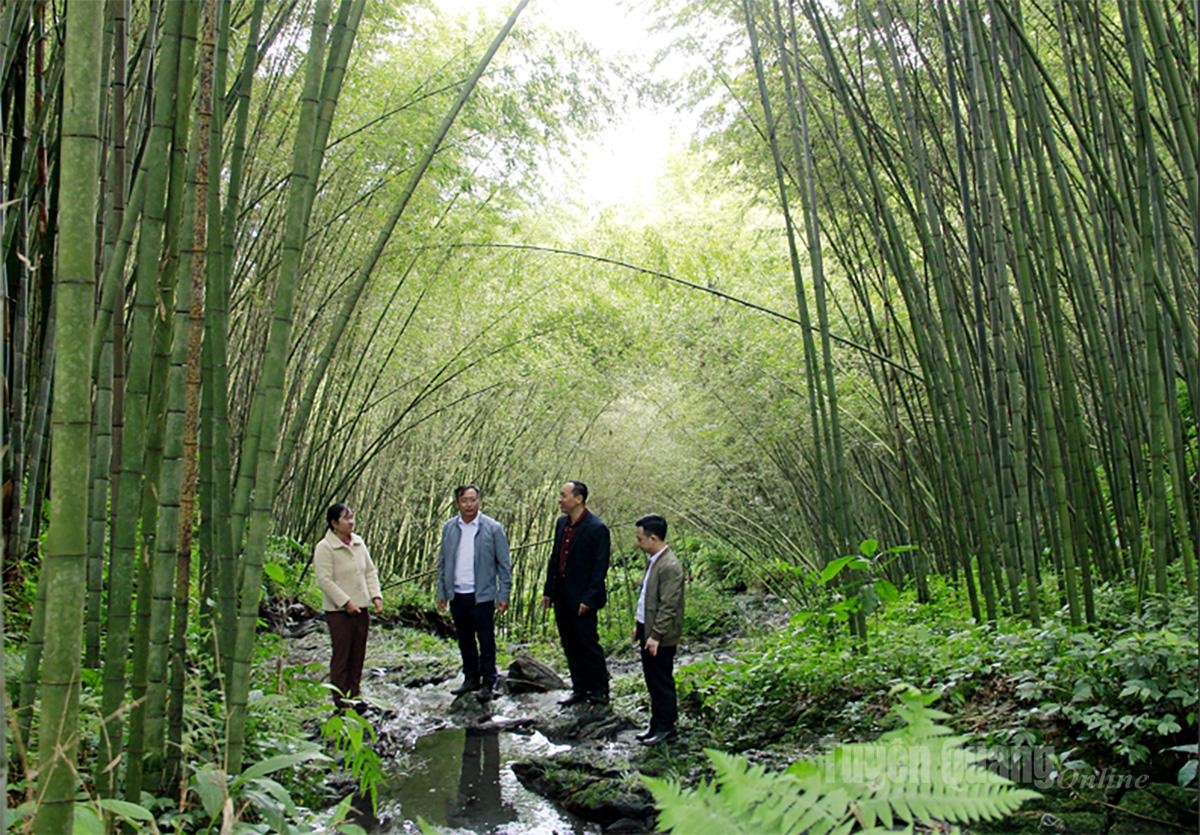Towards green tourism for sustainable development
Following the administrative merger, the new Tuyen Quang province has not only expanded in geographical scale but also opened up a space for tourism development.
 |
| The Provincial Tourism Association surveys and develops bamboo forest exploration route on the Karst Plateau. |
The combination of historical, cultural, and spiritual tourism potential with the majestic natural beauty of the karst plateau and the unique cultural identity of highland ethnic communities has created a rich and diverse tourism portfolio, ranging from leisure and exploration to adventure tourism.
However, to transform this enormous potential into a driver of sustainable development, the province must establish a core tourism strategy: Green tourism.
Green tourism is not only a global trend but also the only path to protect valuable natural resources, maintain environmental balance, and ensure long-term benefits for local communities. It is an essential requirement for tourism to become a key economic sector.
To realize this goal, the province needs to implement a series of coordinated and breakthrough solutions. The first and most important solution is to develop specific mechanisms, policies, and regulations to encourage and support residents and businesses in transitioning to green tourism models. The province should introduce preferential tax policies, long-term and easily accessible financial support for projects investing in green technologies or cultural preservation. At the same time, regular specialized training programs in sustainable tourism, environmental management, and responsible tourism exploitation must be organized to enhance the capacity of local tourism personnel.
Next is investment in green infrastructure and technology, such as using solar energy in accommodation facilities and resorts, and building intelligent water and waste treatment systems to minimize environmental pollution and save energy. Transitioning tourism transportation to environmentally friendly modes such as electric vehicles, bicycles, or clean-fuel vehicles will also significantly reduce negative impacts on landscapes and natural resources.
Simultaneously, raising awareness and education within the community is key. Local people, especially ethnic minority communities, are the primary guardians of cultural heritage and natural resources. Educational programs on environmental protection, reducing plastic waste, and responsible tourism development will help communities recognize their role in the green tourism value chain.
Phuong Dong





READER COMMENTS